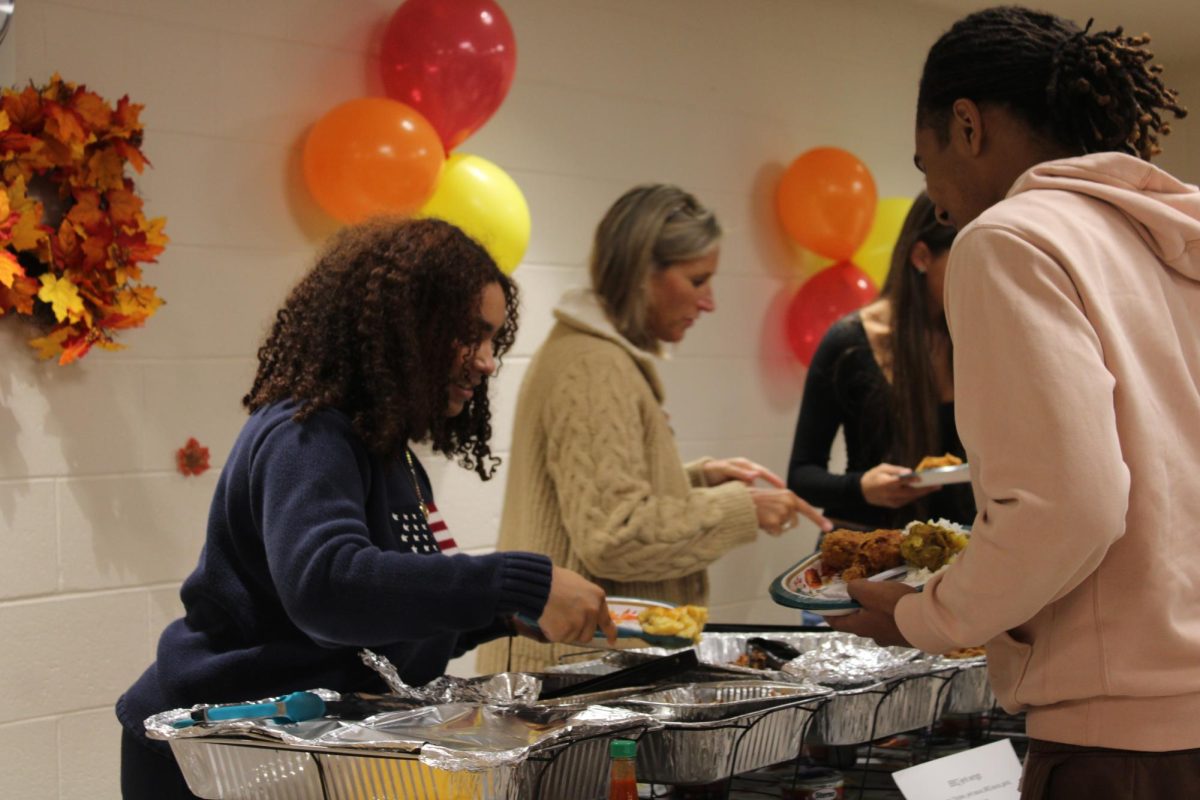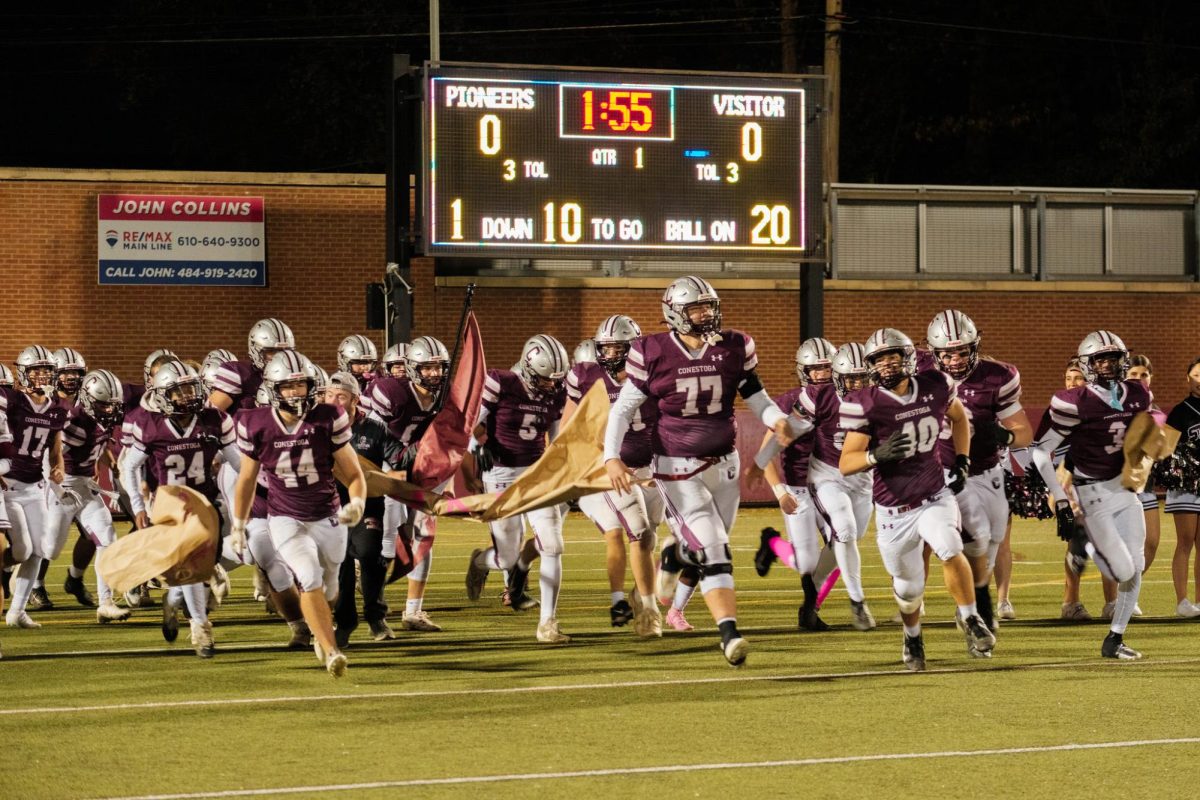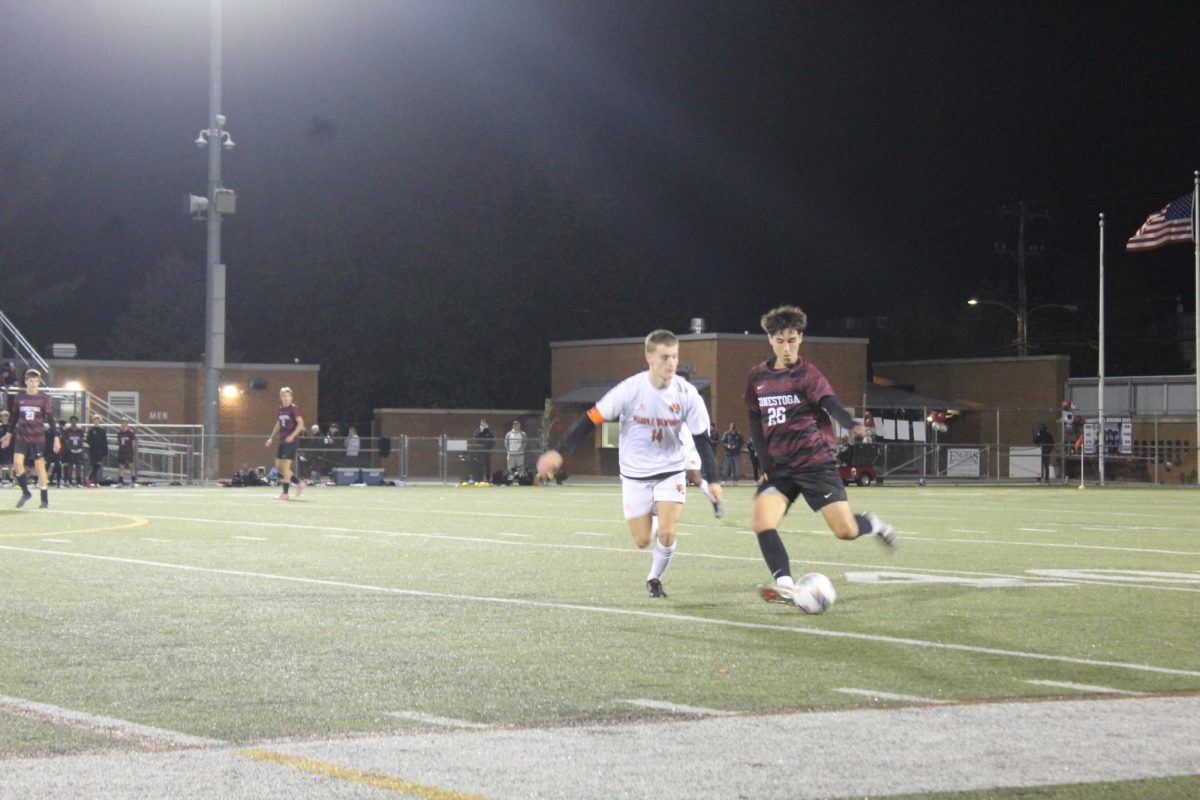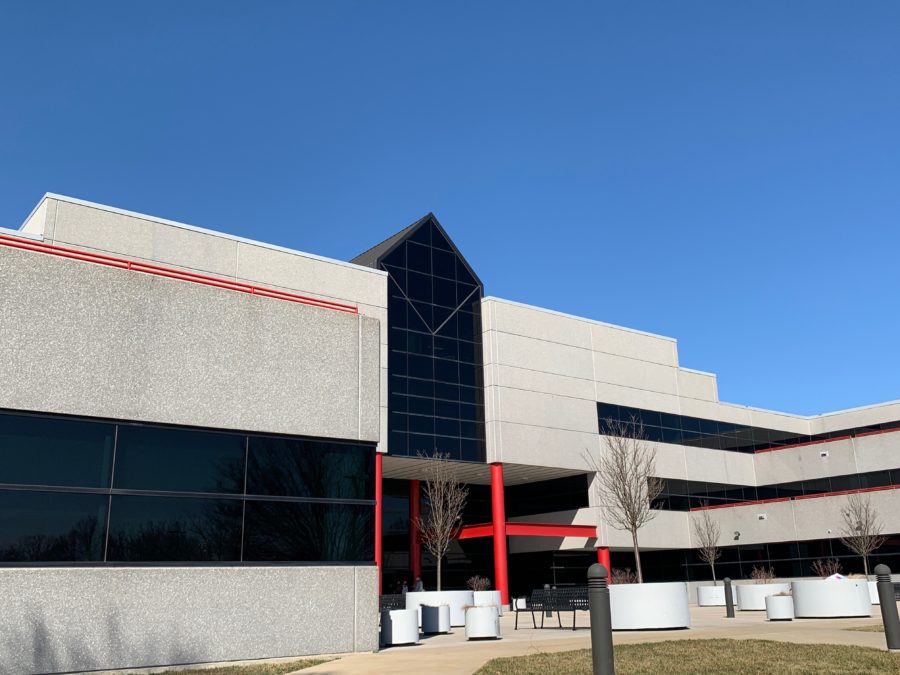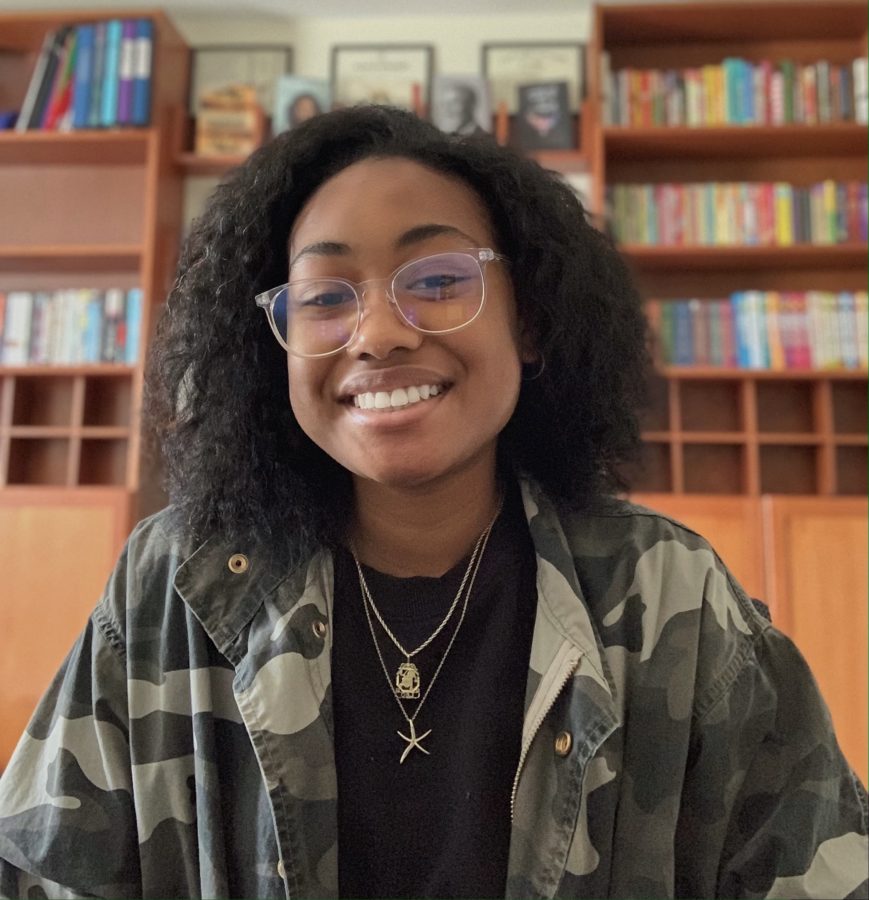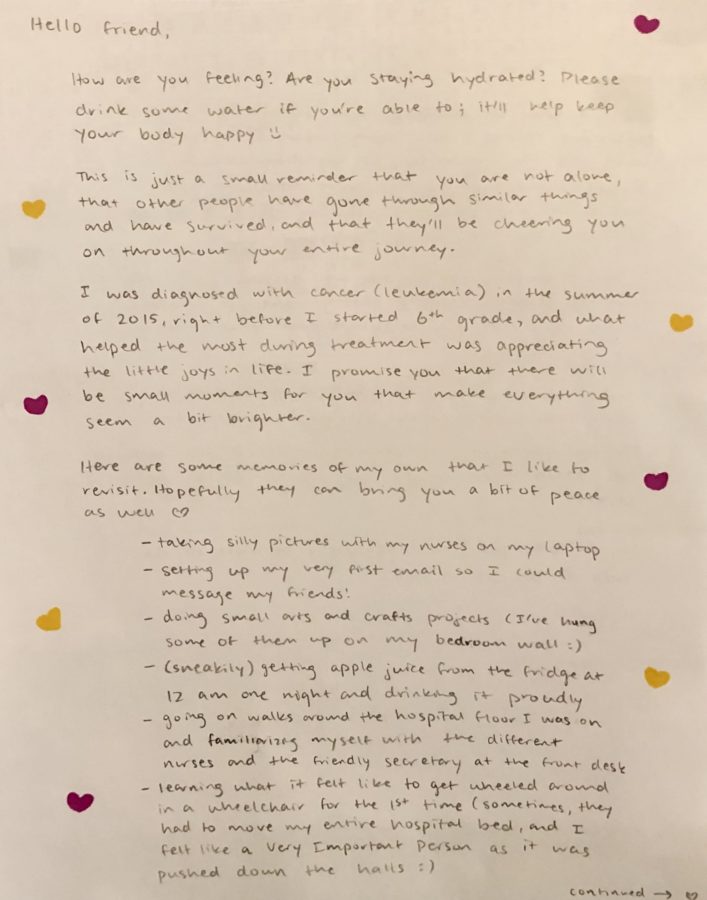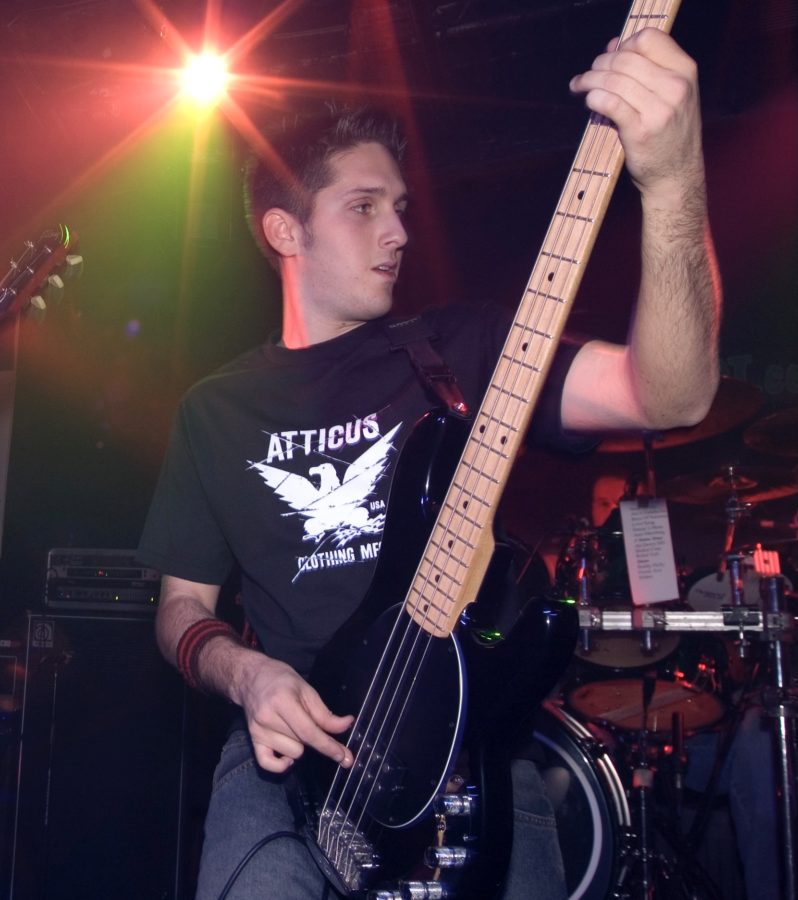It’s a Monday night, and Conestoga is empty, save for 40 middle school students ready to code in large group room 142. At the front of the room conducting a PowerPoint presentation are sophomores Jeffrey Tan, Joshua Li and Tean Lai. Their friendship dates back to the third grade, and all three have coded since middle school. After noticing some of their peers struggling in Computer Science (CS) courses, they started a junior computer science program in October.
“Even here at ’Stoga, there are a lot of kids who want to get into coding but then struggle because a lot of the CS classes go fast. We want to make it easier for middle schoolers who are interested in coding to have no problem taking CS classes when they come up to the high school,” Tan said.
Li and Lai learned how to code from Li’s father, a software engineer for the California company A10 Networks who teaches Sunday coding classes at a local Chinese school. Tan taught himself how to code using the internet, starting with simple programs for his calculator to make math easier. All three understand, however, that learning on your own is not practical for everyone, which is one of the reasons why they started the initiative.
“A lot of coding is self-directed. It’s a lot of sitting in front of the computer for hours and hours by yourself, but if there’s a place to go and learn these things without having to spend all of those hours because not everybody has those hours to spend, you know, it’s a lot easier,” Lai said.
Students find out about the program in all sorts of ways, from parent email blasts to encouragement from their science teachers. Some are encouraged by their parents, but ultimately, they all go because they want to learn how to code.
“I think coding is an important skill. I came because my parents encouraged me to do it and I kind of like it. It’s really hard though,” said Yesh Wagle, a seventh grader at T/E Middle School.
The program is open to all middle school students in the district. Its goal is to teach students the basics of coding using the language Python and give them a skill set to build off of when they get to high school. All of the lesson plans and PowerPoints, as well as homework assignments and solutions, are created by Li and Lai. After each lesson, as much class time as possible is set aside for students to explore coding on their own.
“We try to help them learn to code themselves by doing it first, and we’re just there to help,” Tan said.
Each boy has his own favorite part of passing on his passion to younger students.
“Honestly, I like answering kids’ questions, and you see their faces light up. It’s really satisfying, and it makes me happy,” Lai said.
“That sort of ‘a-ha’ moment when you’re explaining something, and maybe they don’t get it at first, but then it clicks. That’s like a feeling,” Tan said.
“I mean, these topics are difficult, but to see them be able to conquer them despite that has been really enlightening,” Li said.






